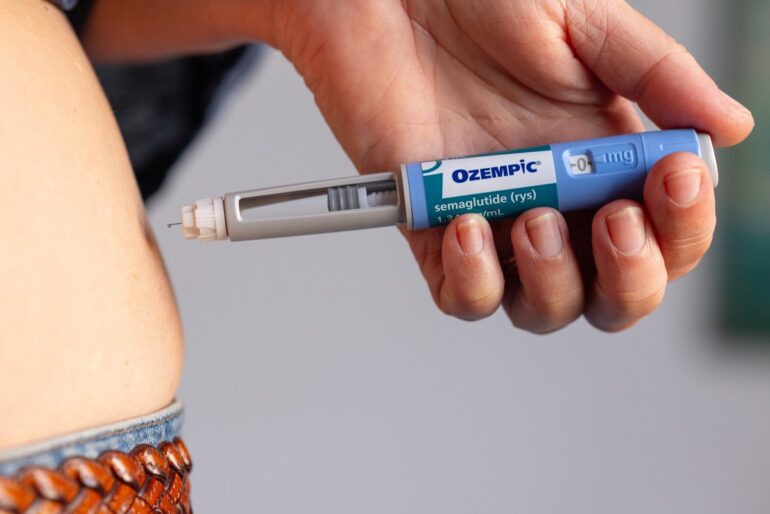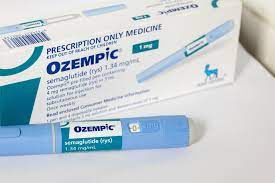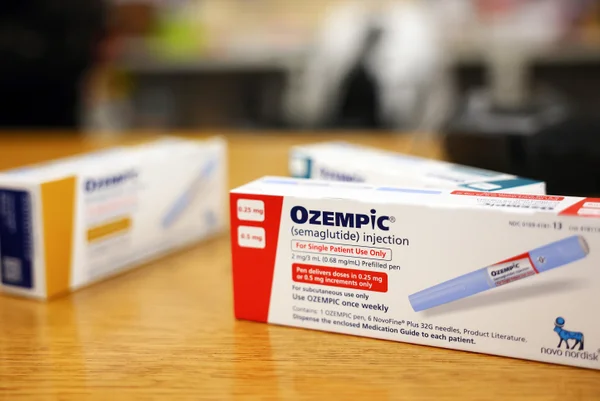How GLP-1 Agonists Are Becoming Popular for Weight Loss
The hottest things in the medical and public health domain are surely drugs such as Ozempic (semaglutide), Wegovy, and Mounjaro (tirzepatide). This has specially happened after their development for the treatment and management of type 2 diabetes but has only been experiencing FDA approval for chronic weight management resulting in overwhelming demand. Celebrities, influencers, even tech moguls ‘Yeah, it’s like dramatically losing weight,’ said everyone would rave about the big weight-loss effects of these super-expensive-sounding drugs, but one still has to ask: do the drugs live up to the hype, or are they simply overhyped?
This article has the science, benefits, and risks, as well as the costs and long-term implications of these weight loss medications to determine if these drugs are all they are cracked up to be.
How Do Ozempic and Similar Drugs Work?
1. The Science Behind GLP-1 Agonists
- They work by mimicking the hormone glucagon-like peptide-1 (GLP-1) which controls appetite as well as insulin release and digestion.
- Through the activation of GLP-1 receptors in the brain, they:
- Reduce hunger signals (leading to lower calorie intake).
- Slow stomach emptying (keeping users fuller for longer)
- Improve blood sugar control (beneficial for diabetics).
2. Key Weight Loss Drugs in This Category
| Drug Name | Active Ingredient | Primary Use | Avg. Weight Loss |
|---|---|---|---|
| Ozempic | Semaglutide | Type 2 Diabetes | 10-15% of body weight |
| Wegovy | Semaglutide | Obesity | 15-20% of body weight |
| Mounjaro | Tirzepatide | Type 2 Diabetes | 20-25% of body weight |
| Zepbound | Tirzepatide | Obesity | 20-25% of body weight |
The Benefits: Why Are These Drugs So Popular?

1. Considerable weight loss results
Trials have manifested 15-25% weight reduction in patients which is way above what conventional dieting and exercising would achieve, and because this drug works on the biological hunger mechanisms, it is easier to stick to a regimen.
2. Other benefits of the drugs
Better metabolic health: Lower blood sugar levels and a reduced risk of heart disease. Possible anti-addiction effects: Preliminary research indicates these drugs may help decrease cravings for alcohol and tobacco as well as other compulsive behaviors.
3. Celebrity use & social media hype

Celebrities such as Elon Musk and Oprah Winfrey have reportedly taken these drugs. Trends on TikTok and Instagram (#OzempicWeightLoss) have driven demand which led to shortages for patients with diabetes.
The Risks & Side Effects:
What Are the Downsides?
1. Common Side Effects For the most part, these would tend to be fairly typical gastrointestinal complaints, with the likes of nausea, vomiting. and diarrhea figuring most prominently among them. Constipation, heartburn, and stomachache. “Ozempic face”, i.e. sagging skin ‘cause rapid fat loss

2. More Serious Concerns Gallbladder disease (and this becomes more likely the more weight is lost in a short period). Pancreatitis (very low incidence but quite fulminant). Risks of thyroid tumors (this has been confirmed through animal experimentation but for humans, it is not yet known).
Weight Regain After Stopping:
Most users gain back most of the lost weight after stopping the drug, so a lifelong dependency may be in order.
The Cost & Accessibility Debate
1. High Price Tags
- $900-$1,300 out of pocket per month.
- Payers typically only cover the medications if the patient is diabetic or has class 2 obesity (BMI≥30) with severe disease.

2. Shortages & Ethical Concerns
- Diabetics get squeezed out of access because most uses for the drug are off label for weight loss.
- International “medical tourism” for cheaper versions raises safety concerns.
3. Are They a Long-Term Solution?
- Critics say these drugs don’t address root causes of obesity; bad diet and inactivity.
- Doctors want to make sure patients aren’t getting prescriptions without lifestyle interventions.
The Future of Weight Loss Medications
1. Next-Generation Drugs in Development
- Retatrutide (Eli Lilly) – Triple hormone agonist; may put current drugs in the shade.
- Oral GLP-1s – More convenient alternatives to injections.
2. Potential for More Applications
- Addiction, Alzheimer’s, and fatty liver disease (future research).
3. Will Prices Come Down?
- Competition and generic versions after patent expiration will make them affordable.



